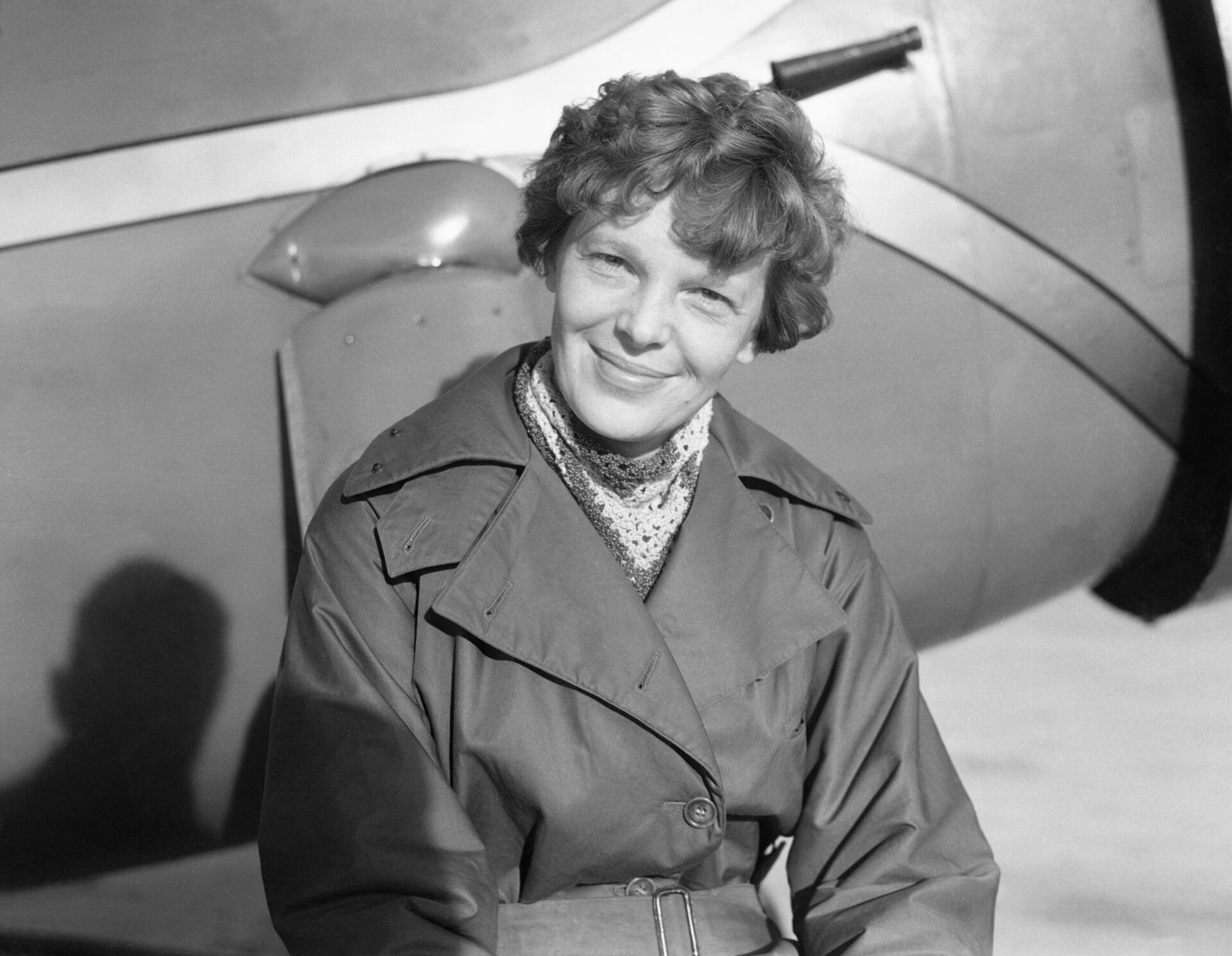
On June 1, 1937, Amelia Earhart set off on her journey around the world. She would’ve been the first woman to circumnavigate the globe, but unfortunately, she and her navigator, Fred Noonan, disappeared while on their way toward Howland Island in the Pacific Ocean. The disappearance has remained a mystery, but now, 88 years after her disappearance, researchers think there’s more to explore.
While it’s generally believed that Amelia’s aircraft crashed into the Pacific Ocean, some researchers believe they have reason to look into the Nikumaroro hypothesis. Proponents of this theory believe Amelia and Fred did not crash into the ocean, but instead made it to uninhabited land of Nikumaroro and died there.
The Purdue Research Foundation and Archaeological Legacy Institute say they have sufficient reason to think exploring Nikumaroro would be worthwhile. According to a news release shared on July 2,2025, a research team will travel to Nikumaroro in November.
Outlining the evidence they have to support the Nikumaroro hypothesis, the news release cited various artifacts from the 1930s, including a woman’s shoe, a compact case, a freckle cream jar, and a medicine vial. Per People, senior NBC correspondent Tom Costello noted that Amelia had freckles. Tom said there’s “a lot of evidence that in fact Amelia Earhart and her navigator crash landed on this remote island.”
Other examples of evidence include human bones discovered on the island in 1940, and The Taraia Object, a visual anomaly that has “been in the same place in the lagoon since 1938.” During the expedition, researchers will try to determine whether Taraia Object is the remains of Amelia’s plane.
Speaking to the New York Post earlier in 2025, Dr. Richard Pettigrew, ALI’s executive director, said, “Other people have looked and failed but sooner or later someone is going to succeed, and what we have here is maybe the greatest opportunity ever to finally close the case.”
“We have a lot of very strong evidence,” he continued. “We’re not going to be able to prove it, of course, until we go there and take a look at it. That’s part of the excitement of what we’re doing. We’d be really excited to come back with proof.”
According to the news release, if researchers are able to identify the missing aircraft, they will “return for larger excavation efforts in 2026 to uncover and help return what remains of Earhart’s plane.”




